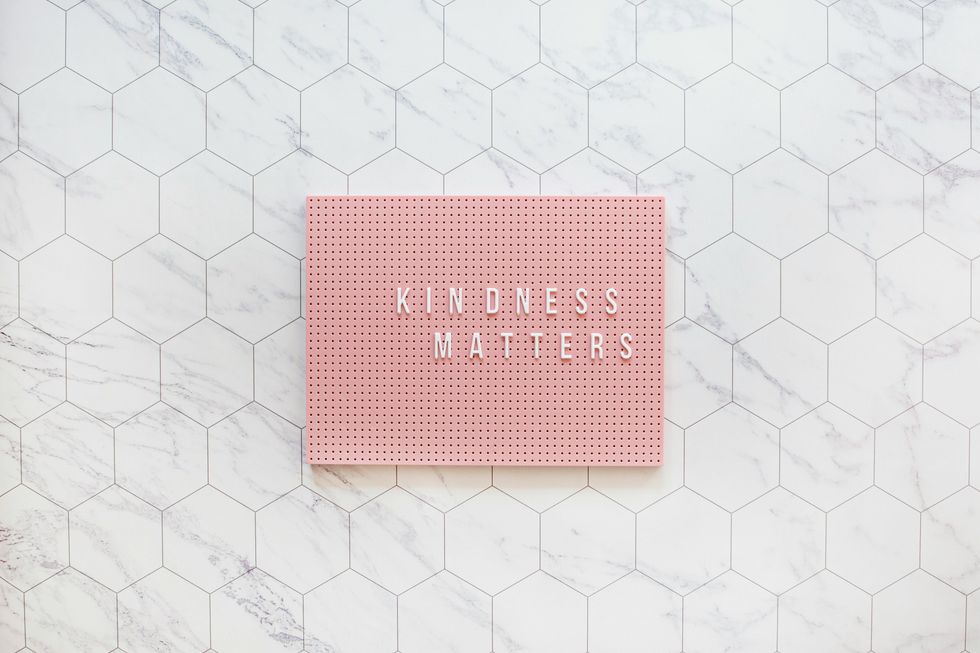As the new semester starts going full swing, I’ve turned my attention towards my role as a Transition Mentor here at Muhlenberg. I’m one of 8 students who lead workshops for new freshmen, teaching tips and tricks for skills like taking notes and studying for tests in a college environment. Basically, I teach the skills that got me through my own freshmen year, but refined so that the incoming freshmen don’t have to go through the trial-and-error that I did. So, in the spirit of these workshops, I want to talk about one of my very favorite tools for effective studying: white noise.
So, flashback to high school: when I couldn’t drive, and had to wait for my dad to pick me up from school. Often, I’d spend that time reading in the common area where everyone seemed to congregate after school. If you can concentrate on reading as people talk around you, power to you. I cannot do that, so I looked for ways to block out the sound so I could focus. I came across a variety of white noise apps, and I was confused- who would want to listen to white noise? I had thought that white noise was just the staticky sound that comes out of your TV when you didn’t have something hooked up right. Turns out, I was very wrong.
White noise, simply defined by Wikipedia, is “meaningless commotion or chatter that masks or obliterates underlying information.” Basically, white noise can be used to block out surrounding sounds with an indistinct combination of sounds, or sometimes just one repetitive sound. It’s great for studying if you don’t like sitting in quiet, since it’s repetitive; so you aren’t trying to dually process listening to a song while also doing your language homework.
Back to high school, I downloaded a white noise app and learned that the sound of a campfire in rain (yes, I know that’s not possible in real life) was great for blocking out the conversations around me so I could focus on my reading, or homework. And I’ve never looked back.
A few years ago, though, I found a white noise website with sound combinations much better than a campfire in rain. Ambient Mixer allows users to create and publish combinations of white noise in several different categories, from typical white noise blends (like nature sounds or home sounds), to my personal favorite: white noise blends based on TV shows and movies. Then, anyone can listen to these published white noise blends. The best feature, in my opinion, is the fact that if you don't like any specific part of an ambiance, you can mute or dial down that specific part. This allows for customization of the ambiance to your liking.
My favorite part, of course, is the fact that you can submerge yourself in the ambiance of the Hogwarts common rooms. I love studying with the sounds of Ravenclaw common room in the background--it’s sometimes more interesting to pretend I’m doing potions homework rather than chemistry, and the studious nature of my fellow Ravenclaws makes doing my own work seem a lot less daunting. Really, though, since I don’t like studying in quiet, having soft sounds in the background really helps me pay attention to the class at hand.
If Hogwarts common rooms sounds appealing to you, I’m linking the top rated blends for convenience here: Gryffindor, Hufflepuff, Ravenclaw, and Slytherin.
If Harry Potter’s not your beat, maybe you’ll enjoy being on the firefly-class spaceship Serenity, maybe you’d like to study aboard the TARDIS, or maybe you’d like to enjoy the sounds of the Shire. There’s also white noise blends based on Star Trek, Percy Jackson, and even Chicago Fire. And that doesn't even scratch the surface.
So if you like white noise when you study, give Ambient Mixer a shot. And if you’re a freshmen looking for tips and tricks for how to succeed in college, head to the Muhlenberg Academic Resource Center for a schedule of workshops.








 man running in forestPhoto by
man running in forestPhoto by 










